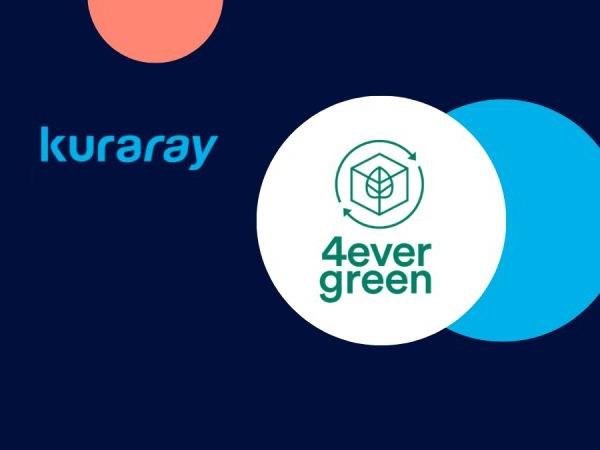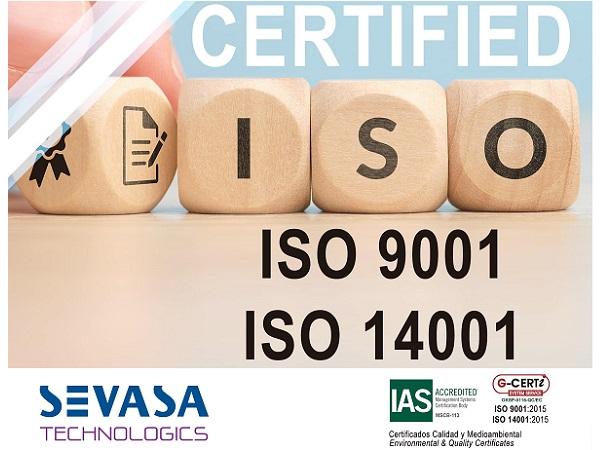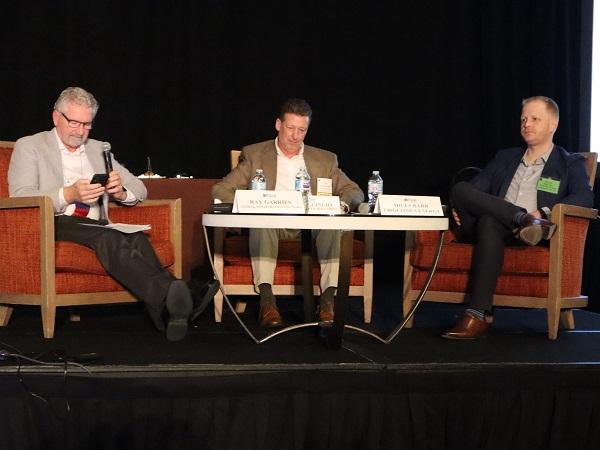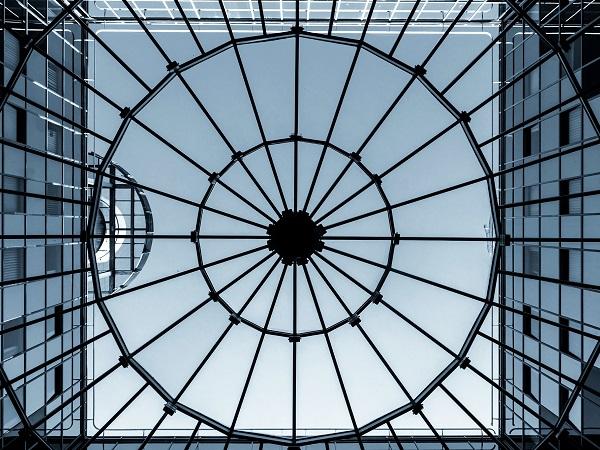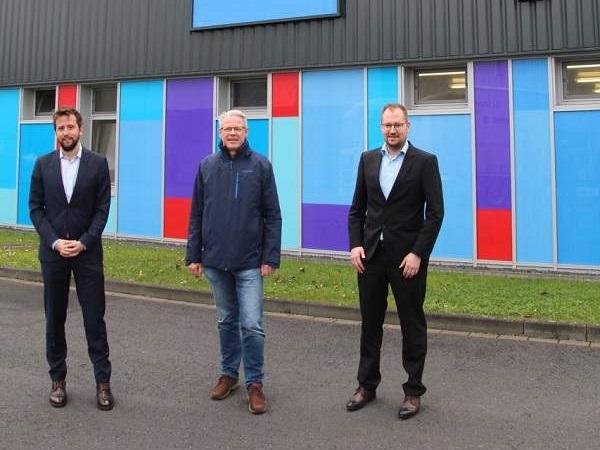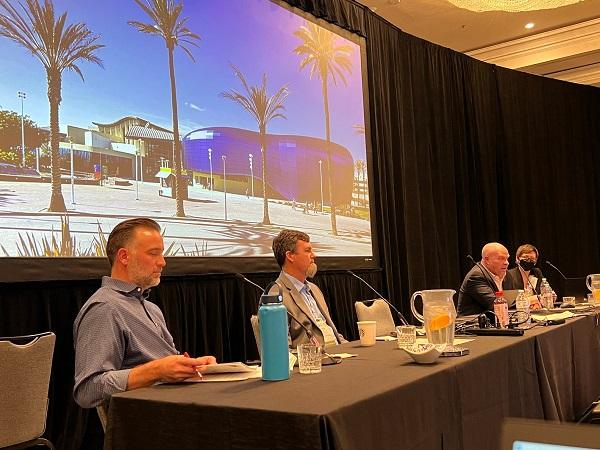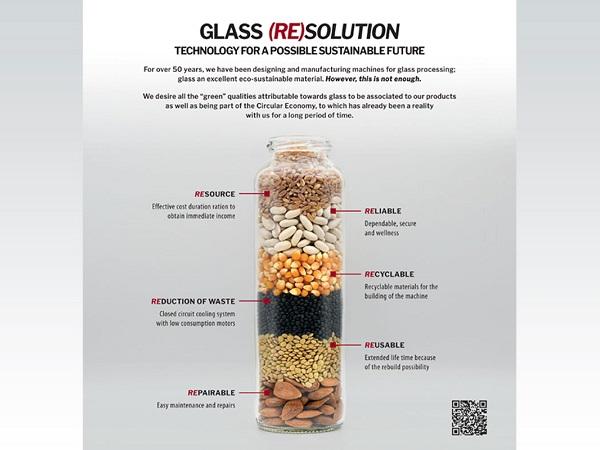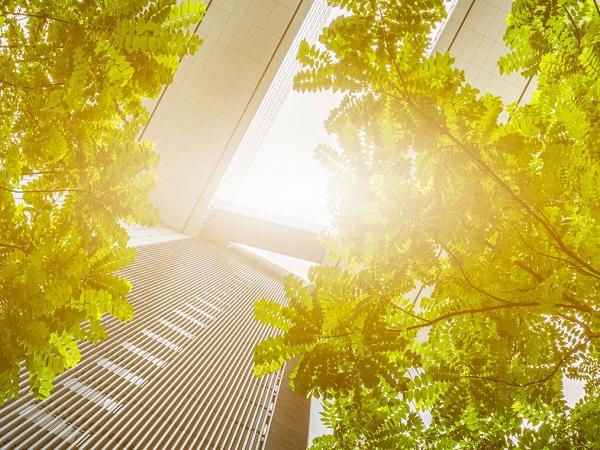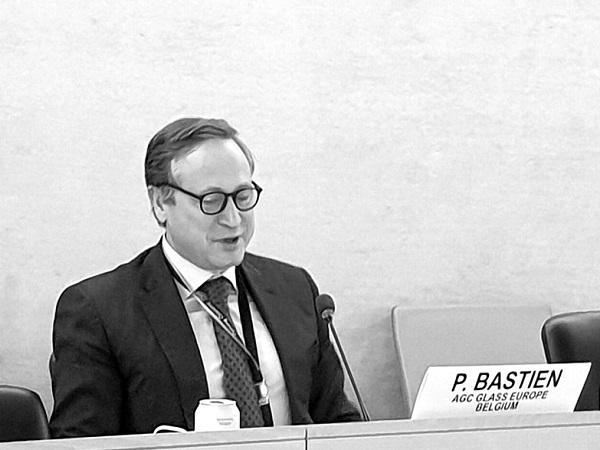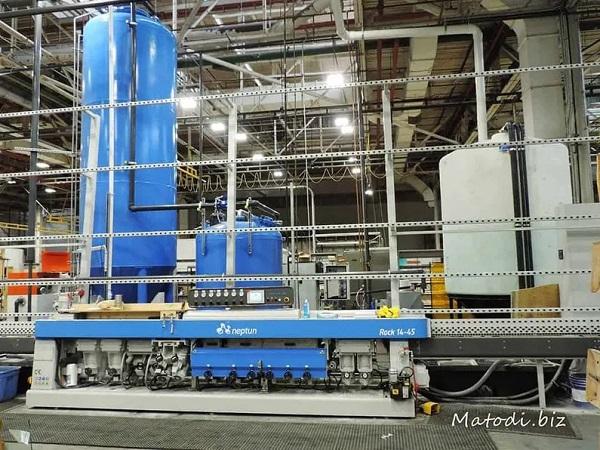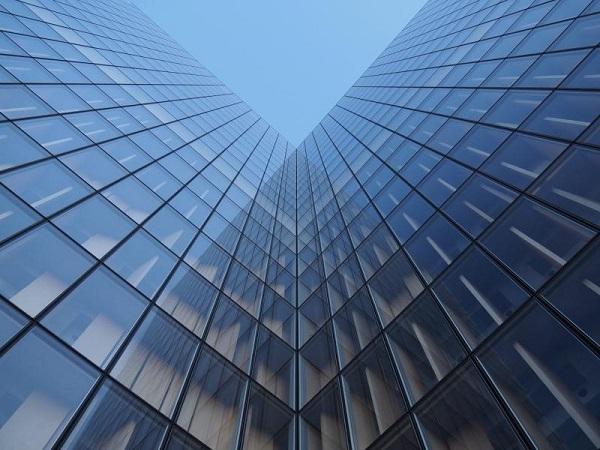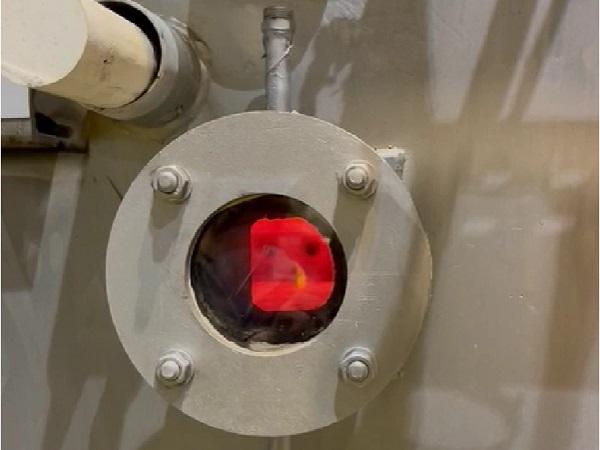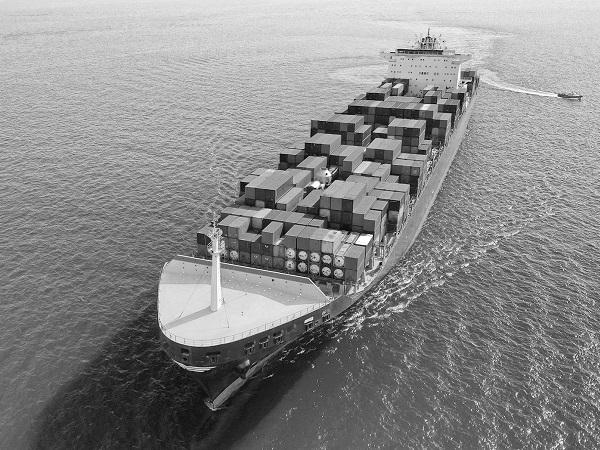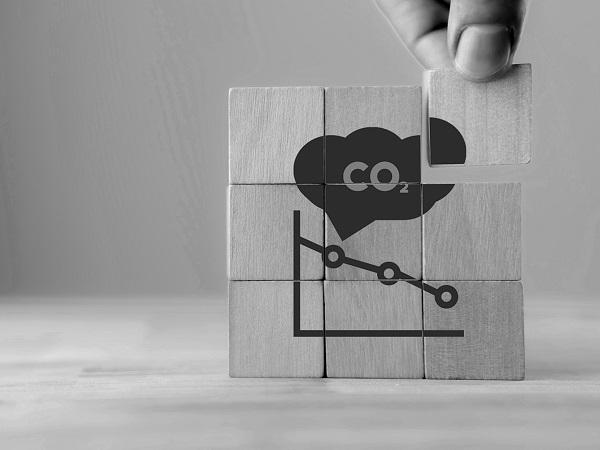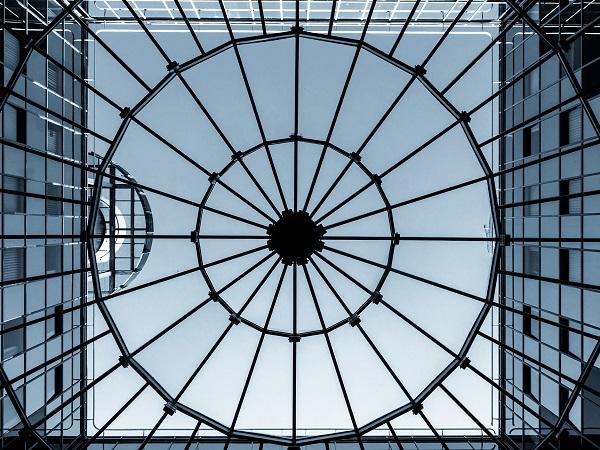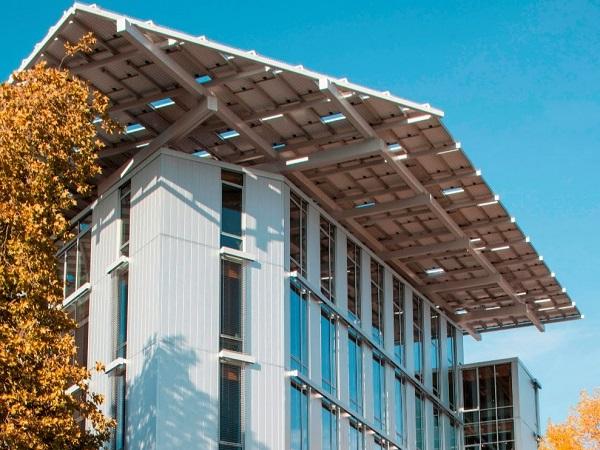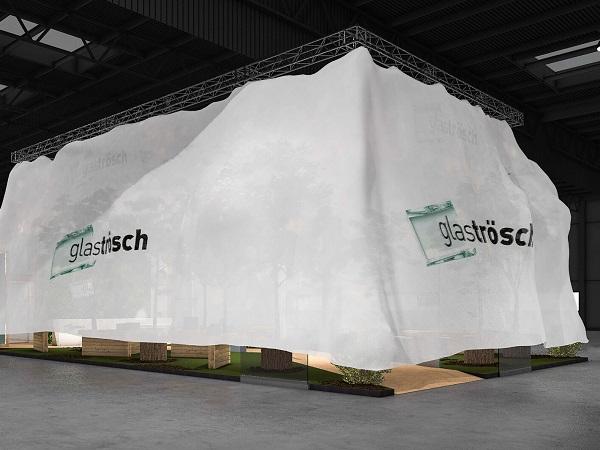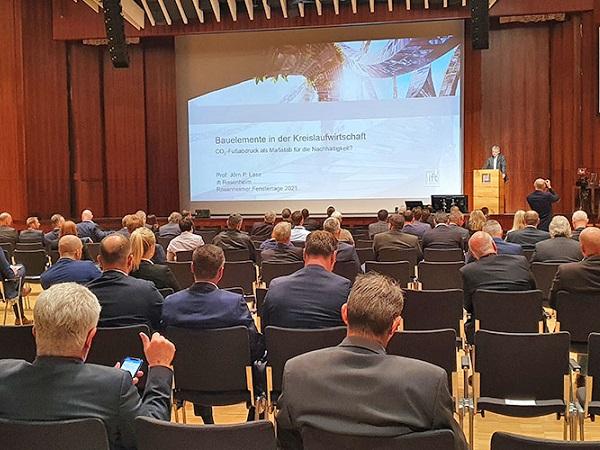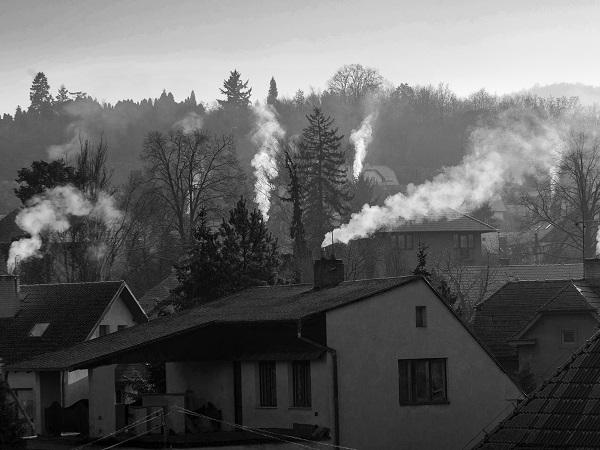Others also read
Philippe Bastien is the Chairman of Glass for Europe and Regional President AGC Glass Europe.
90 percent recycling rate by 2030: Kuraray joins 4evergreen alliance for innovative circular concepts for fibre-based packaging
Sevasa has been awarded the ISO 9001 Quality and ISO 14001 Environmental certifications
Two in-person panels and a roundtable discussion took place during the 2022 FGIA Hybrid Annual Conference.
The EPBD has contributed to improving the energy performance of European buildings and our associations ARGE, European Aluminium, EPPA, ES-SO, EuroWindoor and Glass for Europe are strong supporters of this framework.
Transition to a CO2-neutral site: 100% of electricity at Kuraray's site in Troisdorf is sourced from renewables
Scored among top 8% of companies that disclosed data to CDP; Achieved an “A” score on the Supplier Engagement Rating system
Enjoy this interview with Jens H. Nielsen from the Technical University of Denmark, one of the Editors in Chief of Glass Structures & Engineering.
Industry technical leaders met in Long Beach, Calif. for the NGA Glass Conference: Long Beach.
Sustainability, associated with technology and innovation, has always been Schiatti's choice, but it is also the direction of a circular economy that places glass among the most environmentally sustainable materials.
In both the European Parliament and the Council, the legislative debate on the fit for 55 package becomes more intense.
Sustainable thinking and reliability have been among Glas Trösch's guiding principles for generations. This also applies to the concept of sustainability.
Today, the Chairman of Glass for Europe Philippe Bastien was at the Palace of Nations in Geneva for the opening ceremony of the International Year of Glass.
We all know how important clean water is in the flat glass industry, but do we know the best systems that facilitate clean water?
Energiesprong is a program created by the government of the Netherlands in 2010 to adapt existing buildings to higher energy efficiency standards, becoming zero energy buildings.
Research trials into low carbon alternative fuels for glass furnaces are currently ongoing as part of Glass Futures’ Government funded Industrial Fuel Switching Phase 3 programme.
The European flat glass sector association releases today its recommendations on the Carbon Border Adjustment Mechanism.
The European flat glass sector association releases its recommendations on the review of the Emissions Trading Scheme Directive.
The European flat glass sector takes as its role to produce the materials essential for renovating Europe’s buildings, for supporting the clean mobility transition and for increasing the share of renewable solar energy in Europe.
Vitro Architectural Glass partners with various organizations and industry initiatives to reinforce its commitment to the environment.
The Glas Trösch stand in Basel was consistently designed in line with the Cradle to Cradle design philosophy. Still virtually under wraps, to be experienced up close at SWISSBAU.
480 participants at Rosenheim Window and Façade Conference are interesting getting the trends for 2022
To decarbonise the EU building stock and boost its sustainability, the European Commission is on right tracks, but it needs to accelerate.
Walker Glass is pleased to introduce two new AviProtek® bird friendly glass patterns.
Glass for Europe has released its position paper on the extension of the EU ETS system to buildings and transport.


